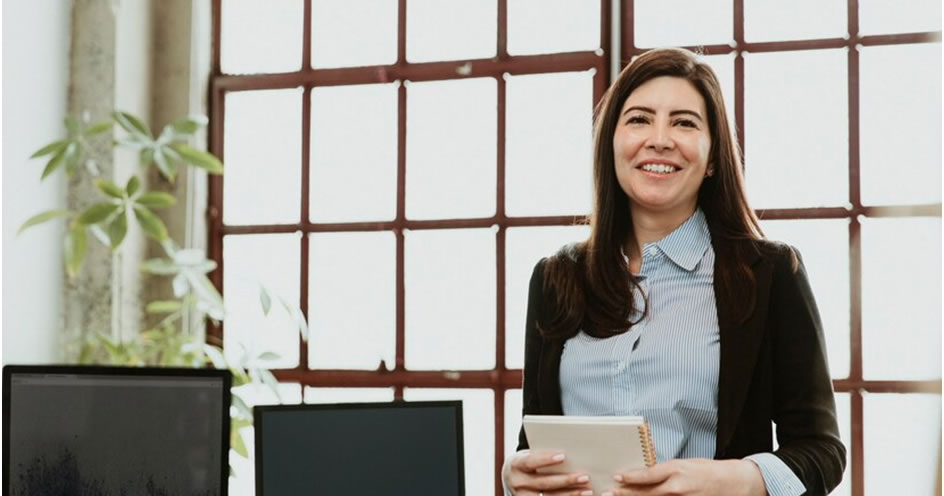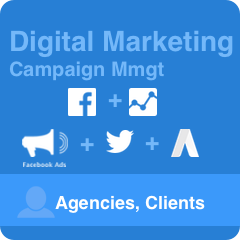
For some, they are nothing more than educated guesses. For others, they’re logical conclusions and the continuation of the previous direction that has led the industry at large. Whatever you want to call them, web design trends will always be talked about. The impact a design trend can have on the industry at large often cannot be ignored, and while some trends have already been forgotten and are now things of the past, some have endured the edge of time and continued to dominate the marketplace. Here are 5 trends that we believe fall into the latter category.
Customer-oriented design
We have become increasingly internet-savvy, expecting a flawless user experience from the moment we sit at the computer and if a business fails to provide that experience, we simply find another one. Why spend five battling with lousy navigation and confusing checkout process when we can simply open up a different website and do it in two. But this can spell disaster for an average startup or a small business and customer-oriented design is slowly but surely taking the center stage.
According to Forrester Research, a solid UI groundwork can double the number of web conversions and excellent user experience can quadruple it. For those who like looking at numbers, that’s 200% and 400% increase, respectively. Poor web design results in fewer sales and no matter how innovative the field may get, it’s safe to say that the majority of business owners will stick to their guns and use designs that have achieved the best results.
So far, that is. Fortunately, there’s no shortage of innovation in the web design world, with grids being broken, shapes being taken out of their linear boxes and elements popping out of their respective, 2D planes. Innovation will certainly not falter, but widespread adoption is a completely different ball game.
Broken grids and non-linear shapes

Over the years of internet use, we anticipate certain design features and website elements to be in their own dedicated spot on the page. Following this train of thought, one might think that a good user-experience is pre-defined. Visitors instinctively know where to find the navigation panel and that scrolling not only provides depth to the page but also may contain additional information they might be looking for. Clicking on CTAs leads to relevant pages and contact info is usually at the end of the page if one cannot find it using the navigation.
The fundamentals of navigation are already set in the user’s journey through the web, which is why designers have started to experiment with our notions of what a web page should look like. The traditional grid design is actively being challenged with new, asymmetrical layouts that add much-needed change and vigor to the customer journey. Brands are now moving towards more abstract and versatile shapes, drop-shadows and modern gradients.
Micro-interactions
One of the most noticeable and widely-spread web design trends of 2019 are micro-interactions. These subtle animations are excellent for providing a user experience that is both satisfying and intuitive. Micro-interactions help users understand the page they’re browsing by validating their actions with short animations such as changing the product color when we move the mouse cursor or expanding the menu when we click on the hamburger icon, instead of it just appearing out of nowhere.
They are particularly used in mobile and app design, but we’ve also experienced an increase in their use in desktop use. The trend has become so widespread that it’s surprising when we don’t experience them while browsing or using a service.
While users might get too saturated with micro-interactions, the awful truth is that things that move retain attention for longer that things that don’t. As long as business owners want us to spend as much time as we can using their services, micro-interactions aren’t going anywhere soon. It’s up to seasoned design and development professionals to find just the right balance between intuitive and satisfying use and having too much stuff going on the screen at the same time.
Attention-grabbing typography

For a long time, fonts have been the designer’s best friends and ideal tools for communication. Today, fonts and typography have also become the carriers of personality and evokers of emotion. A graphic might not resonate the same way with everyone, but a carefully chosen font and a knack for writing could easily deliver even the most delicate of emotions. Typography can also be used to direct user’s attention or increase the likelihood of visitors browsing the page for a longer period of time.
In the past couple of years alone, we have witnessed a stark increase in bold, attention-grabbing titles and shortened messages that seem to overlap with our continually diminishing attention spans. For businesses, however, grabbing the user’s attention quickly means decreasing the time it takes for them to convert. These big, bold titles are almost exclusively followed by a much smaller copy of subtext for additional information which is often aligned with the title using font pairs.
Adding more depth to designs
Flat design might be slowly weeded out of modern design practices, due to navigational challenges experienced by the average user. That said, breaking grids is easy, but it’s often more important what you can do with what you have at hand, rather than experimenting with new design frameworks. Besides 3D design, designers are also experimenting with making the 2D design appear 3-dimensional.
The most commonly used methods involve graphics vectors and drop-shadows, but also typography and two-tone and gradient color schemes.
We’ve also seen quite a revolution in illustration styles, with Slack’s chief designer Alice Lee becoming the go-to reference for modern website illustration. Her work breathed new life into the web design and illustration landscape, prompting an avalanche of colorful, 3D sceneries, surreal, and abstract designs, especially in the SaaS industry.
Tgn.





